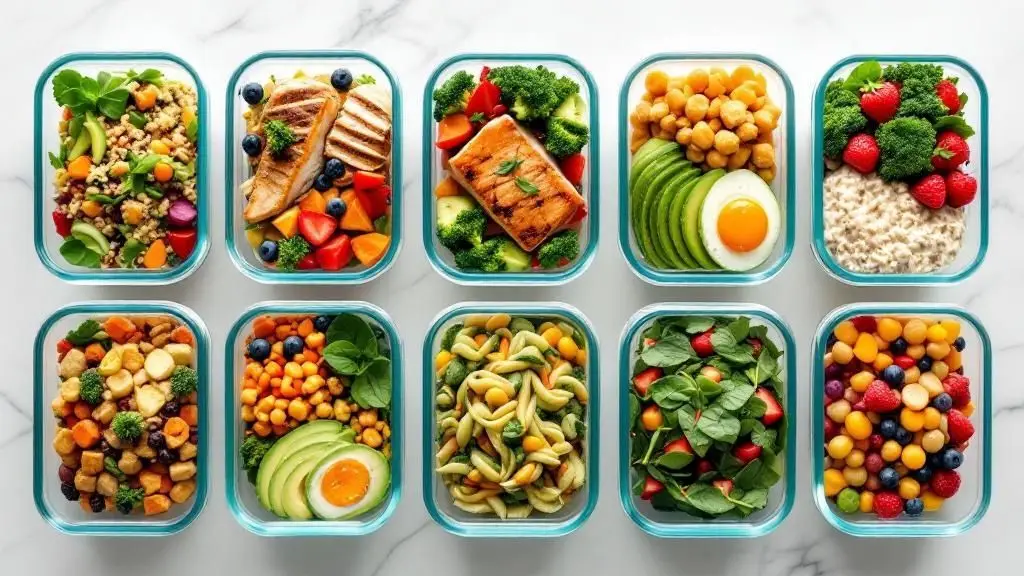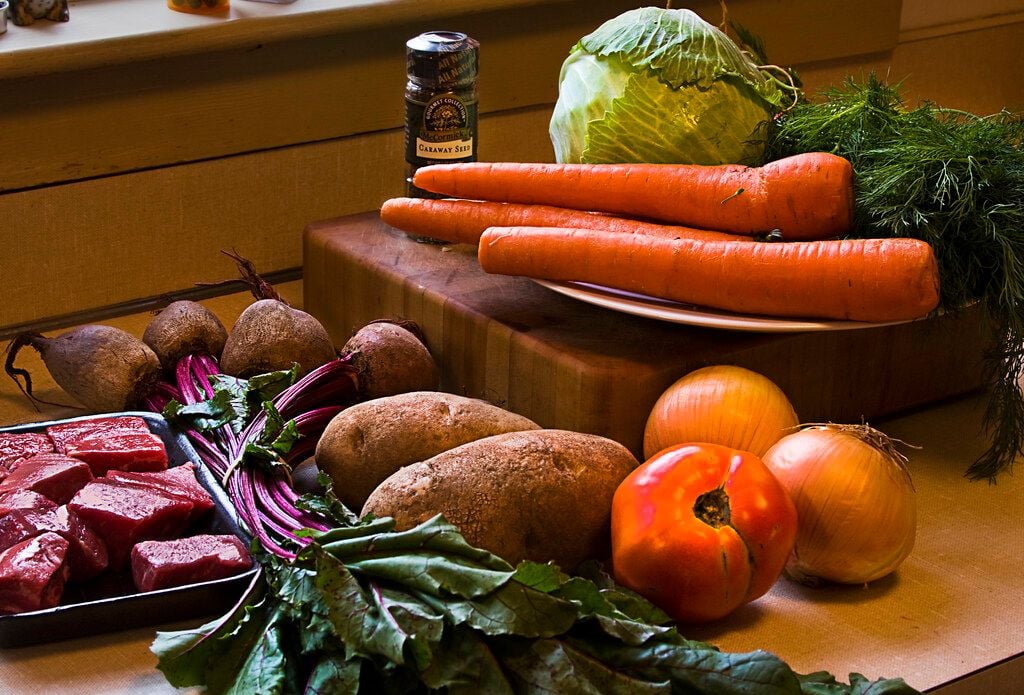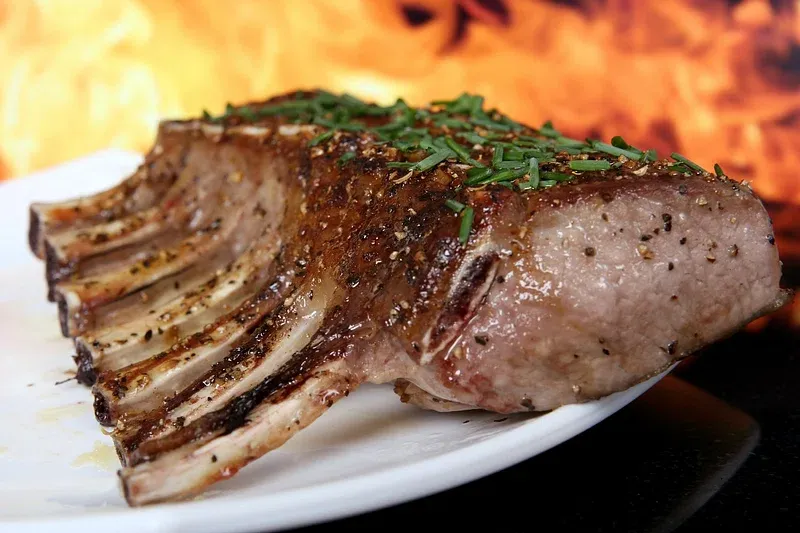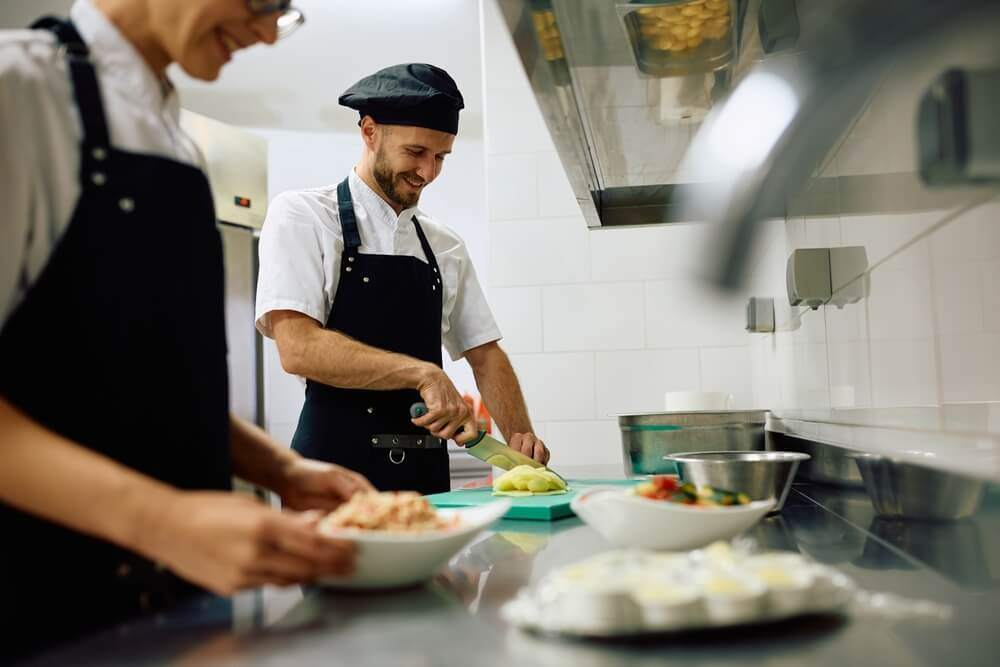
Give Your Pasta Sauce the Perfect Finish with a Simple Tool
- Apr 25, 2024
Professional planner of delicious meals, Jennifer Causey, admits that perfecting a pasta sauce is a skill she's yet to master. Like many, she knows of the all-important rituals that come together to create a restaurant-grade Alfredo or cacio e pepe- finely grating the Parmesan or Pecorino cheese, slowly whisking it into the mix, and incorporating just a touch of starchy pasta water to ensure the sauce evenly coats each noodle. Yet, when it comes to blending these elements into a smooth, shiny sauce, there is always a sense of foreseeable dread.
During the development process of her Chicken Tortellini Alfredo, however, Julia Levy, a seasoned recipe developer, introduced Causey to her secret weapon that may revolutionize anyone’s pasta-cooking game – the humble flat whisk.
Levy strongly advocates for the flat whisk from Prepworks as her favorite kitchen tool. She explains, “This tool is wonderful for skillet-based sauces. It significantly reduces the chances of your sauce breaking apart.”
If you’re not familiar with the flat whisk, here’s a quick low-down. It is characterized by metal loops that shape together to form a flat, spatula-like surface. This kitchen tool is different from the traditionally used balloon whisk, which is useful for bowl-based activities like whipping egg whites and cream. And, unlike the slightly longer and narrower French whisk, which offers greater maneuverability, the flat whisk comes to the rescue in its own set of kitchen scenarios.
The specialty of the flat whisk goes beyond just pasta sauce. It excels in any skillet recipes that require emulsification of a mix of wet and dry ingredients through smooth blending – picture gravies or the roux for a gumbo. Levy also suggests using this tool for whisking ingredients like eggs in flat, shallow vessels, particularly apt for a breading station. You can also scramble eggs directly in a skillet to whip up a fried-egg scramble mix, which Levy fondly refers to as a “framble.”
One downside is that the flat whisk can't be used in a bowl, and it's not ideal for whipping up ingredients like egg whites or cream because of its design. However, it's a versatile tool in other ways: doubles as a spatula when you're preparing pan sauces for seared proteins and acts as an alternative to a slotted spoon when you're extracting poached eggs from water. You can even replace a fish spatula with a flat whisk, due to the slots that allow the liquid to drain.
If you're still in two minds, levy final words are this, "A flat whisk is simpler and more convenient to clean than a balloon whisk." Who can argue with less cleanup time in the kitchen?






